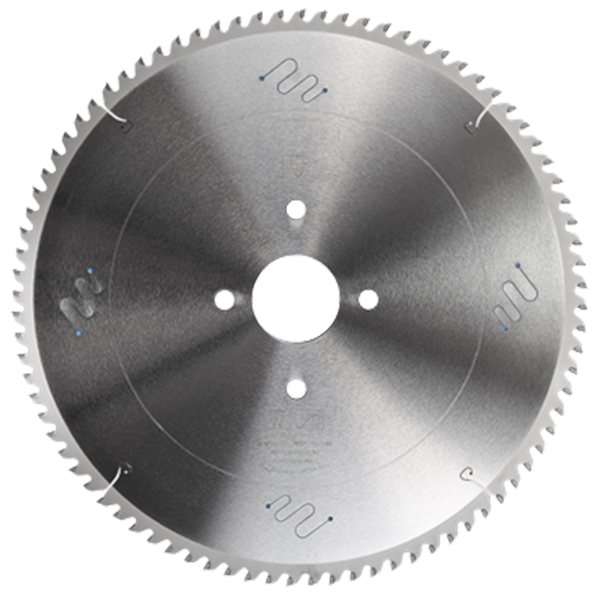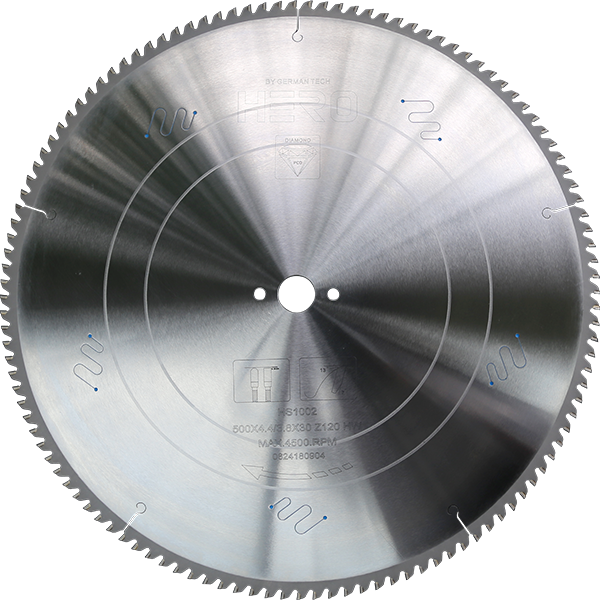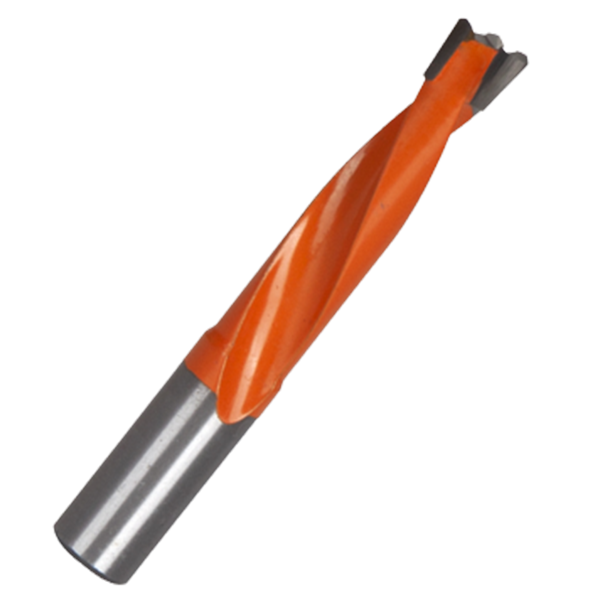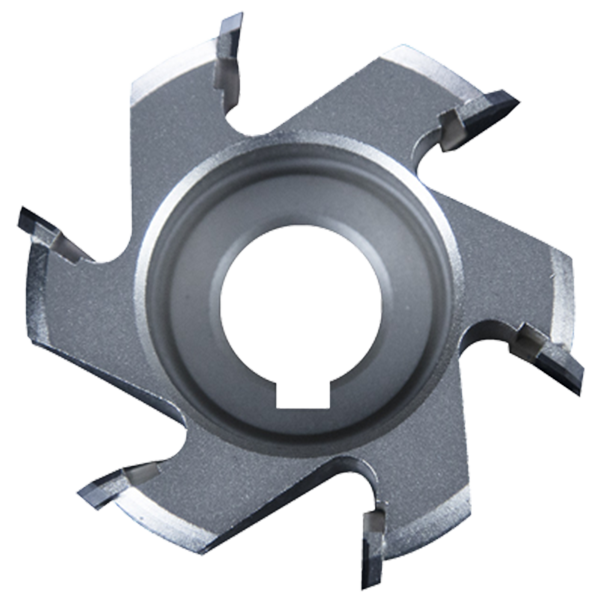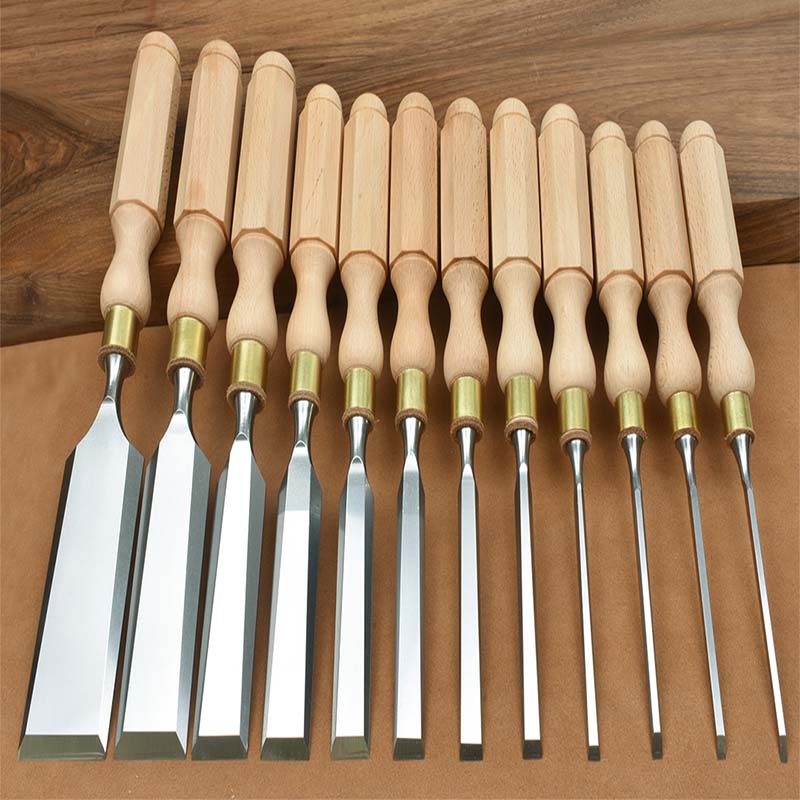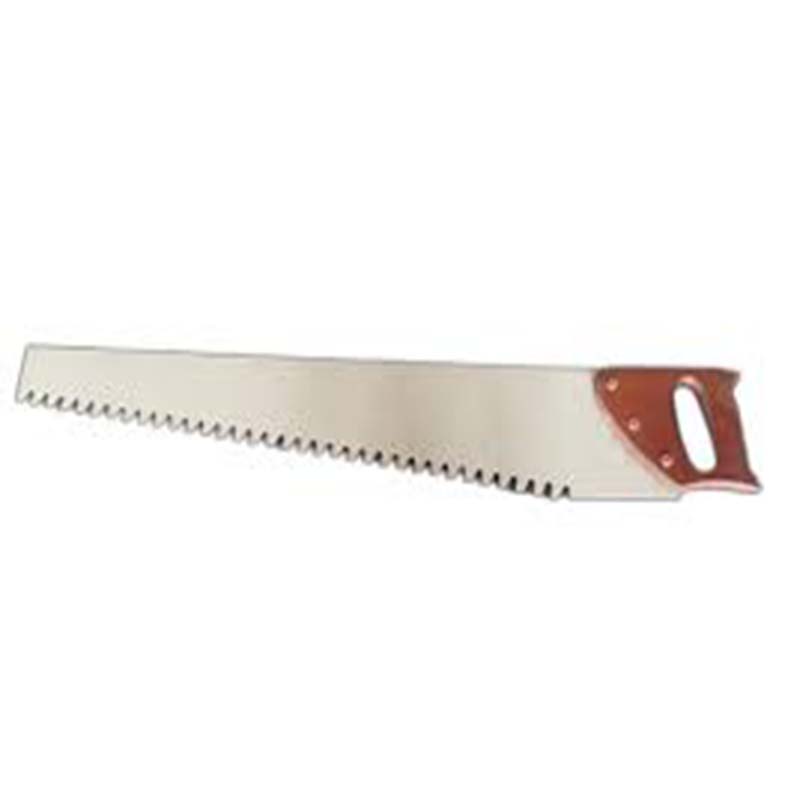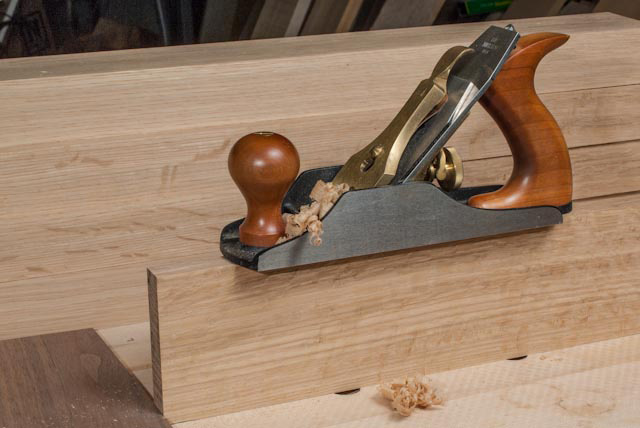introduction
Hello, woodworking enthusiasts. Whether you are a beginner or an experienced woodworker.
In the field of woodworking, the pursuit of craftsmanship lies not only in creating beautiful works, but also in the skill with which each tool is used.
In this article, we’ll go from understanding basic tools to implementing safe practices, each section providing valuable insights and actionable tips to improve your woodworking skills.
Table of Contents
-
Understanding&Selecting Essential Woodworking Tools
-
Saw Blade: Choosing, Mastering, and Maintaining Blades
-
Security Guarantee
-
Conclusion
Understanding and Selecting Essential Woodworking Tools
1.1 Introduction to Essential Woodworking Tools
Hand Tools:Woodworking hand tools are the tools that are used in the manual craft of woodworking. They are typically non-powered and require the use of physical force to operate.
Chisels:Chisels are versatile hand tools essential for carving and shaping wood.
The are essentially blades with handles, but they come in lots of styles. No matter how expensive they are, chisels must be sharp to cut cleanly and safely.
Bench chisels are the archetypal general purpose tool. The beveled edges fit into tight spaces. They’re as narrow as 1/4-in. and as wide as two inches.
Hand Saws:Hand saws come in various types, each tailored for specific cutting tasks.
Rip and crosscut wood quietly and efficiently without a cord or batteries
Hand Planes:Planes are indispensable for smoothing and shaping wood surfaces.
Planes come in various widths and lengths for different purposes. The U.S. standard is Stanley style, with sizes from the tiny #2 at seven inches long all the way up to the #8 at 24 inches long
Power tools
Circular Saw blade
A circular saw is a tool for cutting many materials such as wood, masonry, plastic, or metal and may be hand-held or mounted to a machine. In woodworking the term “circular saw” refers specifically to the hand-held type and the table saw and chop saw are other common forms of circular saws.
Depending on the material being cut and the machine installed, the type of saw blade will vary.
Circular saw blades are commonly used to cut hardwood, softwood, laminated panels, aluminium, and other non-ferrous metals used in pipes and rails. They are usually tungsten carbide-tipped, also known as a TCT blade
The teeth of a circular saw blade cut in an upwards direction toward the base at the front of the saw. Most circular saw blades will have a label and will usually have arrows on them to show the direction of spin
Generally speaking there are four major categories of circular saw blades. They are: Rip Blades, Crosscut, Combination and Specialty blades.
Router bit
Routers are versatile tools for hollowing out an area in wood.
The router is a power tool with a flat base and a rotating blade extending past the base. The spindle may be driven by an electric motor or by a pneumatic motor. It routs (hollows out) an area in hard material, such as wood or plastic. Routers are used most often in woodworking, especially cabinetry. They may be handheld or affixed to router tables. Some woodworkers consider the router one of the most versatile power tools.
Drill bit
Drill bits are cutting tools used in a drill to remove material to create holes, almost always of circular cross-section.
Drill bits come in many sizes and shapes and can create different kinds of holes in many different materials. In order to create holes drill bits are usually attached to a drill, which powers them to cut through the workpiece, typically by rotation.
CNC wood routers add the advantages of computer numerical control
Quality Over Quantity
-
Invest in high-quality tools that are durable and maintain their edge. -
When using and purchasing knives, prioritize quality over quantity.
Task-Specific Tools
-
Customize your cutting tool selection based on the results you often want, and the materials you’re cutting -
Avoid unnecessary tools that may clutter your workspace.
Saw Blade: Choosing, Mastering, and Maintaining Blades
Saw blade types and their applications
Detailed breakdown of saw blade types and their applications.
Let me briefly introduce the circular saw blades that are often used and encountered.
Type: Ripping Saw Blade,Crosscut Saw Blade,General Purpose saw Blade
three types of saw blades that are often mentioned are Ripping Saw Blade and Crosscut Saw Blade,General Purpose saw Blade.Although these saw blades may appear similar, subtle differences in design and functionality make each of them uniquely useful for different woodworking tasks.
Ripping Saw Blade:
Ripping, often known as cutting with the grain, is a simple cut. Before motorized saws, hand saws with 10 or fewer big teeth were used to rip plywood sheets as quickly and straightly as feasible. The saw “rips” apart the wood. Because you are cutting with the grain of the wood, it is easier than a crosscut.
The best type of saw for ripping is a table saw. The blade rotation and table saw fence help to control the wood being cut; allowing for very accurate and fast rip cuts.
Most of those differences come from the fact that it is easier to rip than crosscut, meaning that each tooth of the blade can remove a larger amount of material.
Crosscut saw blade
Crosscutting is the act of cutting across the grain of the wood. It is much harder to cut in this direction, than to rip cut. For this reason, crosscutting is much slower than ripping. Crosscut blade cuts perpendicular to the grains of the wood and requires clean cutoff without jagged edges. The saw blade parameters should be chosen to best suit the cut.
General Purpose saw Blade
Also called universal saw blade.These saws are designed for high production cutting of natural woods, plywood, chipboard, and MDF. The TCG teeth offer less wear than the ATB with nearly the same quality of cut.
Maintaining Your Saw Blade
The most important part of owning high quality blades is taking care of them.
In this section, we’ll look at how to maintain your circular saw blades
what you need to do?
-
Regular Cleaning -
Saw Blade Anti-rust -
Saw Blade Sharpening -
Store it in a dry place immediately
Security Guarantee
Inspect Your Tool Before Every Use
You should inspect your circular saw and its blade before each use. First check the case for cracks or loose screws.
Regarding the blade itself, check for rust or cosmetic wear. Whether the whole thing is in good condition and whether there is any damage.
Using Saw Blades Safely
Wear personal protective equipment:
Wear safety glasses to protect your eyes from flying cutting material or other impurities.
Use earplugs or earmuffs to reduce the noise caused by the blade’s operation.
To properly install and adjust the saw blade:
Check that the saw blade is properly and securely installed, and that the screws are tight. Any unstable saw blade installation may be hazardous. To suit the job, adjust the blade depth and cutting angle.
Conclusion
In mastering the selection of essential woodworking tools, the key lies in understanding their functions, nuances, and the specific demands of your projects.
<br/ Armed with this knowledge, you’ll not only choose tools that align with your craftsmanship goals but also ensure a seamless and efficient woodworking experience.
Koocut Tools provide cutting tools for you.
If your needs it, please do not hesitate to contact us.
Partner with us to maximize your revenue and expand your business in your country!
Post time: Nov-30-2023








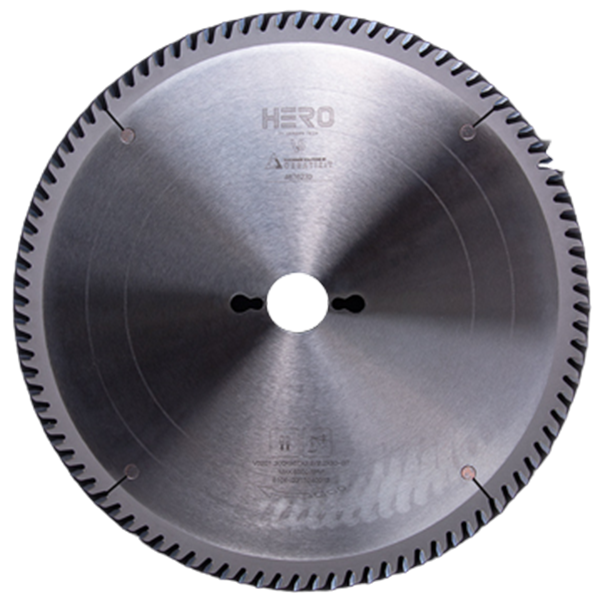 TCT Saw Blade
TCT Saw Blade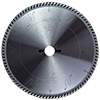 HERO Sizing Saw Blade
HERO Sizing Saw Blade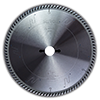 HERO Panel Sizing Saw
HERO Panel Sizing Saw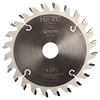 HERO Scoring Saw Blade
HERO Scoring Saw Blade HERO Solid Wood Saw Blade
HERO Solid Wood Saw Blade HERO Aluminum Saw
HERO Aluminum Saw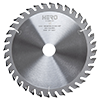 Grooving Saw
Grooving Saw Steel Profile Saw
Steel Profile Saw Edge Bander Saw
Edge Bander Saw Acrylic Saw
Acrylic Saw PCD Saw Blade
PCD Saw Blade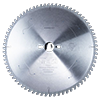 PCD Sizing Saw Blade
PCD Sizing Saw Blade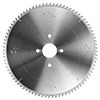 PCD Panel Sizing Saw
PCD Panel Sizing Saw PCD Scoring Saw Blade
PCD Scoring Saw Blade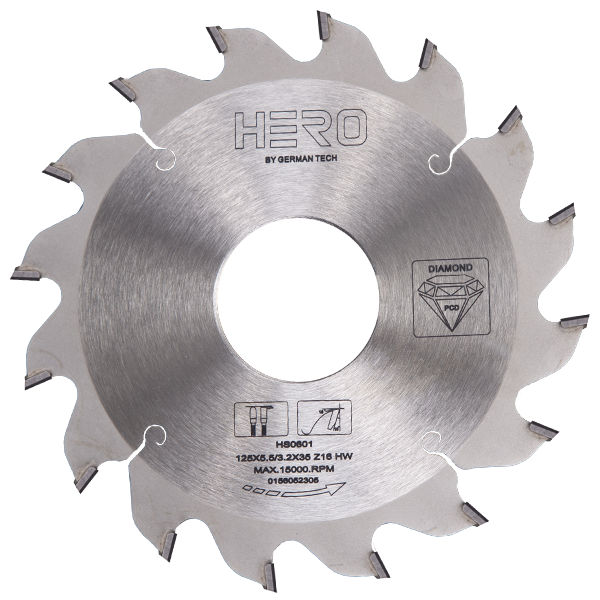 PCD Grooving Saw
PCD Grooving Saw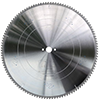 PCD Aluminum Saw
PCD Aluminum Saw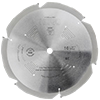 PCD Fiberboard Saw
PCD Fiberboard Saw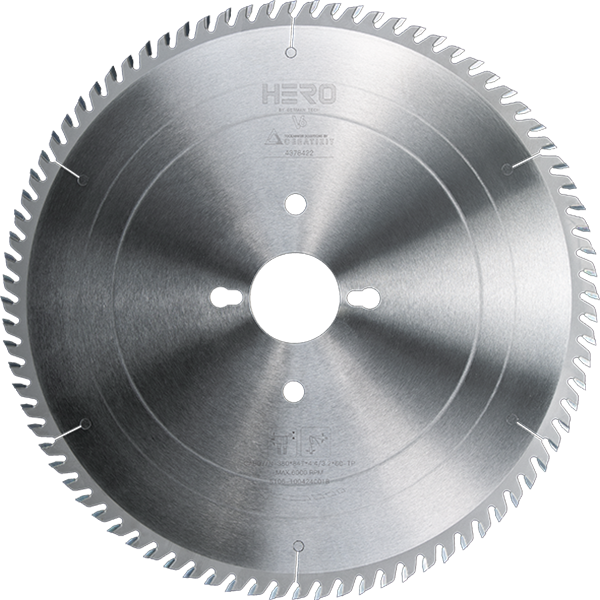 Cold Saw for Metal
Cold Saw for Metal Cold Saw Blade for Ferrous Metal
Cold Saw Blade for Ferrous Metal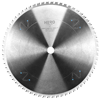 Dry Cut Saw Blade for Ferrous Metal
Dry Cut Saw Blade for Ferrous Metal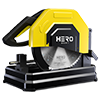 Cold Saw Machine
Cold Saw Machine Drill Bits
Drill Bits Dowel Drill Bits
Dowel Drill Bits Through Drill Bits
Through Drill Bits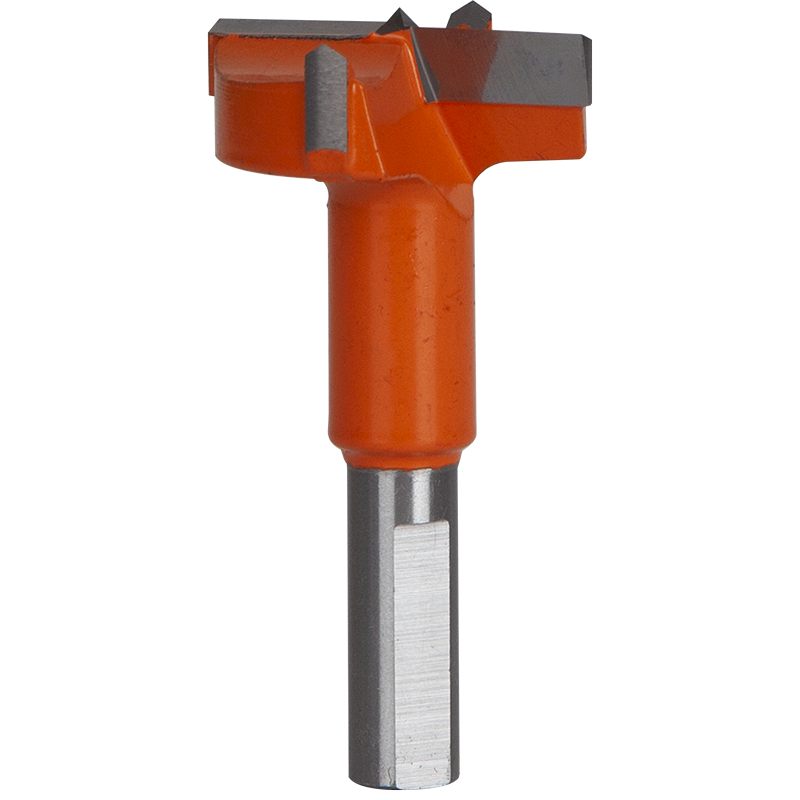 Hinge Drill Bits
Hinge Drill Bits TCT Step Drill Bits
TCT Step Drill Bits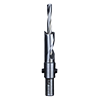 HSS Drill Bits/ Mortise Bits
HSS Drill Bits/ Mortise Bits Router Bits
Router Bits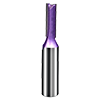 Straight Bits
Straight Bits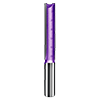 Longer Straight Bits
Longer Straight Bits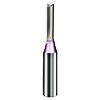 TCT Straight Bits
TCT Straight Bits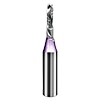 M16 Straight Bits
M16 Straight Bits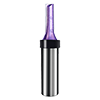 TCT X Straight Bits
TCT X Straight Bits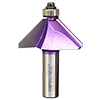 45 Degree Chamfer Bit
45 Degree Chamfer Bit Carving Bit
Carving Bit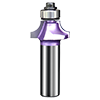 Corner Round Bit
Corner Round Bit PCD Router Bits
PCD Router Bits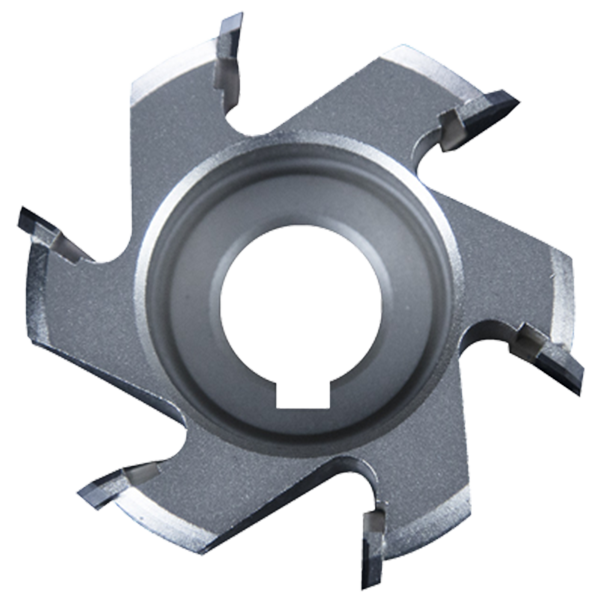 Edge Banding Tools
Edge Banding Tools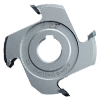 TCT Fine Trimming Cutter
TCT Fine Trimming Cutter TCT Pre Milling Cutter
TCT Pre Milling Cutter Edge Bander Saw
Edge Bander Saw PCD Fine Trimming Cutter
PCD Fine Trimming Cutter PCD Pre Milling Cutter
PCD Pre Milling Cutter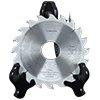 PCD Edge Bander Saw
PCD Edge Bander Saw Other Tools & Accessories
Other Tools & Accessories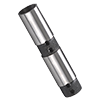 Drill Adapters
Drill Adapters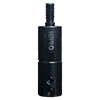 Drill Chucks
Drill Chucks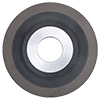 Diamond Sand Wheel
Diamond Sand Wheel Planer Knives
Planer Knives
